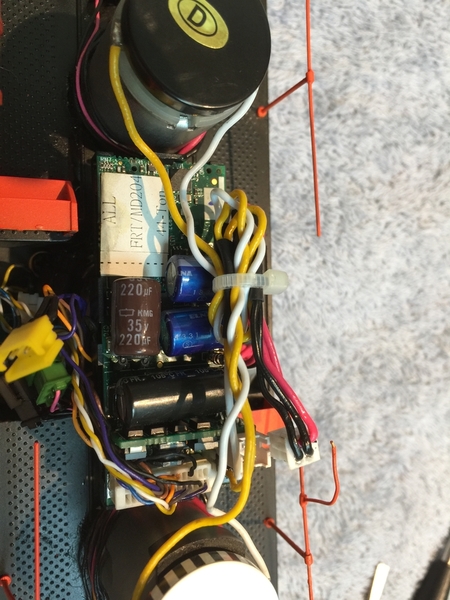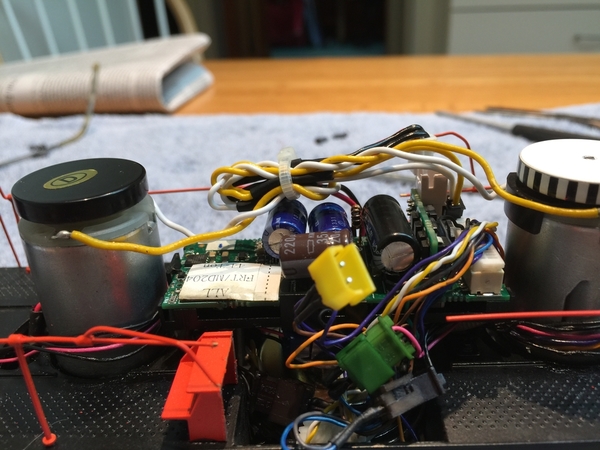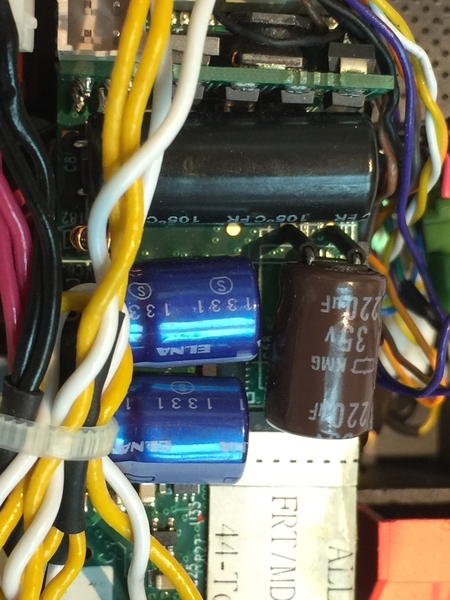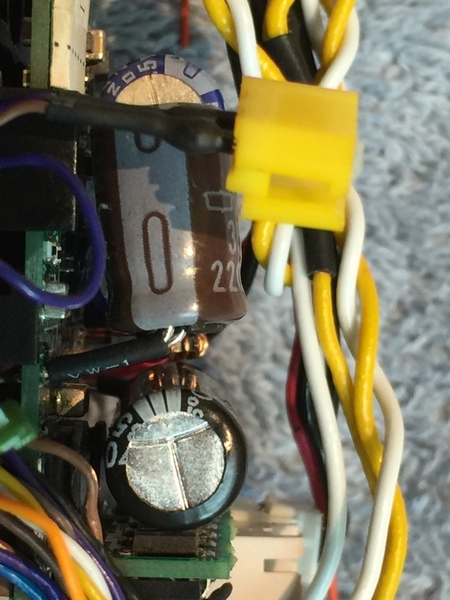A couple of points and a slightly unrelated question of my own.
First, the PS3 problem of the train coming to an abrupt halt when power is interrupted had nothing to do with the super capacitor inside the locomotive. It has to do with the circuit design.
For whatever reason, the problem only occurs when running the PS3 locomotives in conventional mode. They work fine with DCS.
Second, since no one is offering any specific alternative for a larger super cap, is there a reason? Aside from how much space it would fill? The 44-tonner, which has excellent sound, does cut out too quickly during the shutdown sequence, so I too am curious if there is a practical alternative.
And finally, to CTR, since you have already found a reason to remove the diecast body, can you tell me if the shell is two or three castings? I know the cab is separate from the front and rear hoods, but are the hoods a single casting that connect under the cab? I hate to nose around out of simple curiosity, in fear of pinching some wires on reassembly, so I haven’t removed the shell from the frame on my unit yet. And MTH still doesn’t have any exploded drawings of this model on its website, so my curiosity remains unfulfilled.
















